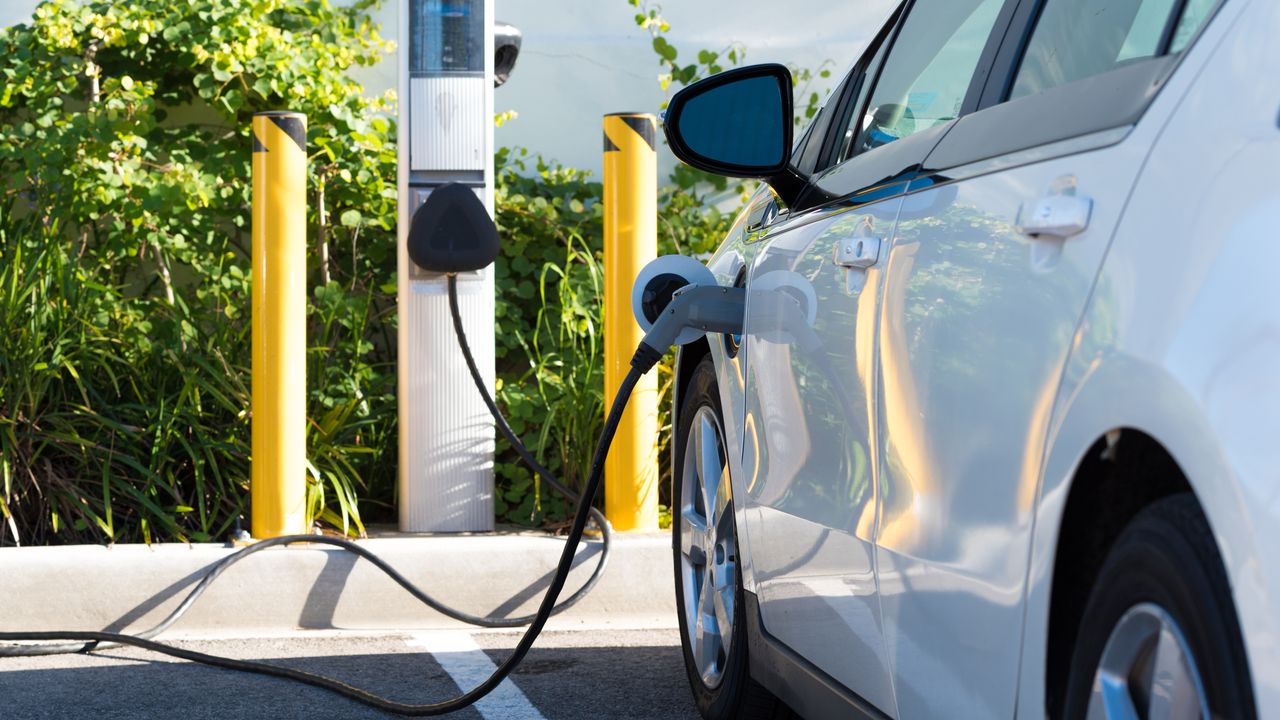EV Charging Platform Analytics: Unlocking the Power of Data
As electric vehicles (EVs) continue to gain popularity, the need for efficient and reliable charging infrastructure becomes increasingly important. EV charging platforms have emerged as a solution to address the growing demand for charging stations. These platforms not only provide a seamless charging experience for EV owners but also generate a wealth of data that can be harnessed to optimize the charging ecosystem.
Charging Platform Data Sharing: Collaboration for a Sustainable Future
One of the key benefits of EV charging platforms is the ability to collect and analyze charging data. This data includes information about charging sessions, such as the duration, energy consumed, and charging station utilization. By sharing this data with relevant stakeholders, such as utility companies, policymakers, and researchers, we can collectively work towards a more sustainable future.
Charging platform data sharing enables utility companies to better understand the charging patterns and energy demand of EV owners. This information can be used to optimize the grid and plan for future infrastructure investments. By analyzing the data, policymakers can make informed decisions about incentives, regulations, and policies to promote EV adoption. Researchers can also leverage this data to gain insights into user behavior, charging patterns, and the impact of EV charging on the environment.
Charging Platform Utilization Analysis: Optimizing Charging Infrastructure
Another crucial aspect of EV charging platform analytics is the utilization analysis of charging stations. By analyzing the data collected from charging platforms, we can gain insights into the usage patterns of charging stations. This information can help identify underutilized stations that may require relocation or additional marketing efforts to increase usage.
Utilization analysis can also aid in identifying high-demand areas where new charging stations should be installed. By strategically placing charging stations in areas with high EV traffic, we can ensure that EV owners have convenient access to charging infrastructure, reducing range anxiety and promoting EV adoption.
Charging Platform User Behavior Analysis: Enhancing the Charging Experience
Understanding user behavior is vital for improving the overall charging experience. By analyzing charging platform data, we can gain insights into user preferences, charging habits, and pain points. This information can be used to enhance the design and functionality of charging platforms, making them more user-friendly and efficient.
User behavior analysis can also help identify opportunities for personalized recommendations and incentives. By understanding when and where EV owners typically charge their vehicles, charging platforms can provide tailored suggestions, such as nearby amenities or charging stations with shorter wait times. This not only improves the user experience but also encourages more efficient use of charging infrastructure.
Conclusion
EV charging platform analytics offer tremendous potential for optimizing the charging ecosystem. By sharing charging platform data, we can collaborate towards a sustainable future, while utilization and user behavior analysis can help optimize charging infrastructure and enhance the overall charging experience. As the EV market continues to grow, harnessing the power of data will be crucial in ensuring a seamless and efficient charging experience for all EV owners.
